'Absolution' reminds us nature is not what it seems
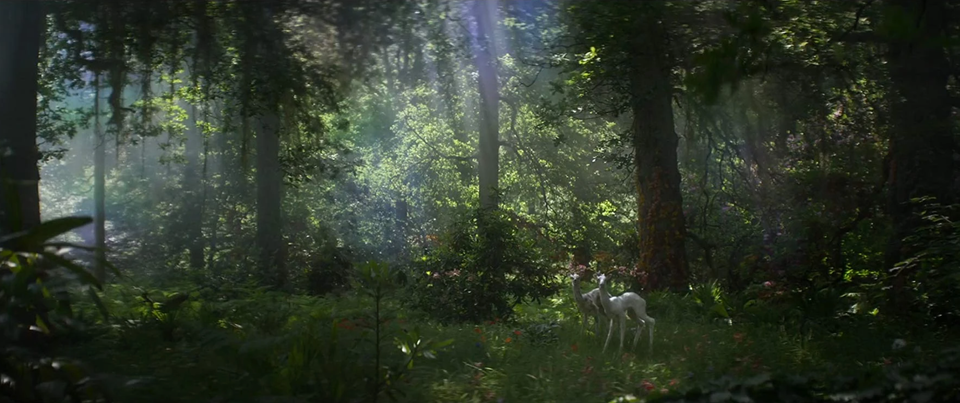
This month, I’m revisiting a blog post I wrote a decade ago about the biology underpinning Jeff VanderMeer’s wildly popular novel Annihilation, the first installment of the Southern Reach Trilogy. Over the holidays, I finished the latest missive from Area X: Absolution, a prequel set 20 years earlier. Absolution opens with the sort of surreal nightmare fans of the Southern Reach series will find familiar. A team of biologists are sent into a spooky swampland to conduct research. They witness a bunch of stuff they can't explain with science, and slowly lose their minds. Later, an aging secret agent is dispatched by "Central," a faceless bureaucratic agency, to figure out what happened to them.
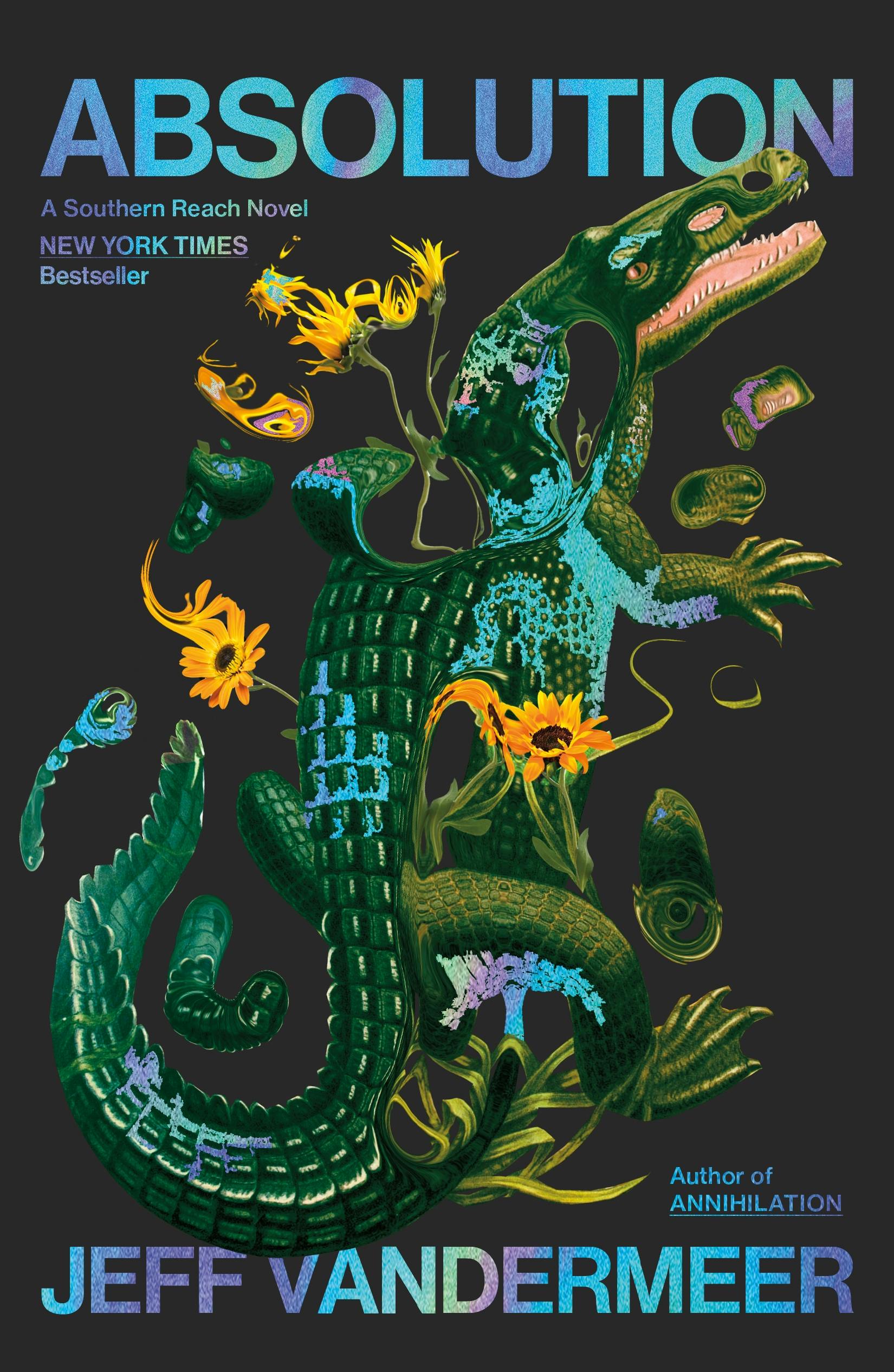
Absolution plants the seeds for Area X, showing us how the ecological invader at the heart of the series' mystery—here referred to as "the Rogue"—first took root. Like its sequels, the novel offers no easy answers, instead inviting readers to decide for themselves what sort of force might cause a pack of bunnies to become ravenous cannibals, or turn wildlife cameras into living creatures. Also like the other novels, there's a lot of speculative biology underpinning the supernatural horror.
I explored that biology in a 2014 ‘Science of Fiction’ blog post published on the now-defunct Gawker Media’s blogging platform, Kinja. I had to visit the Internet Archive to find it! My writing was a bit clunkier at the time, so I’ve edited the post for brevity and readability.
If you’re anything like me, Jeff VanderMeer’s Annihilation will seep under your skin—not unlike how the alien invader at the center of the story seeped into an entire ecosystem.
On a forgotten coastline in an unknown country lies Area X, a Florida-inspired swampland that's both pristine at a glance and profoundly wrong on closer inspection. Animals peer out from the trees with human eyes. Fungal mycelia scrawl words on the walls of abandoned buildings. People who spend too much time in the marsh succumb to an inexplicable, violent madness.
To unravel the mystery of the morass, a shadowy government agency called the Southern Reach dispatches teams of specialists into Area X. Annihilation tells the story of one such expedition from the perspective of an unnamed biologist.
From her first moments in Area X, the biologist can't shake the feeling that things are not as they seem; that she is being both watched and tricked by an unseen force. After inadvertently inhaling a bunch of mind-altering fungal spores while exploring a mysterious, subterranean “tower,” the biologist forms a hypothesis. She grows convinced that the tower—an eerie, upside-down doppleganger of a nearby lighthouse—is alive, and practicing some sort of elaborate mimicry.
And it’s not just towers cosplaying lighthouses inside Area X: Eventually, everything from the plants to the birds to the humans who enter this realm becomes a funhouse mirror distortion of itself.
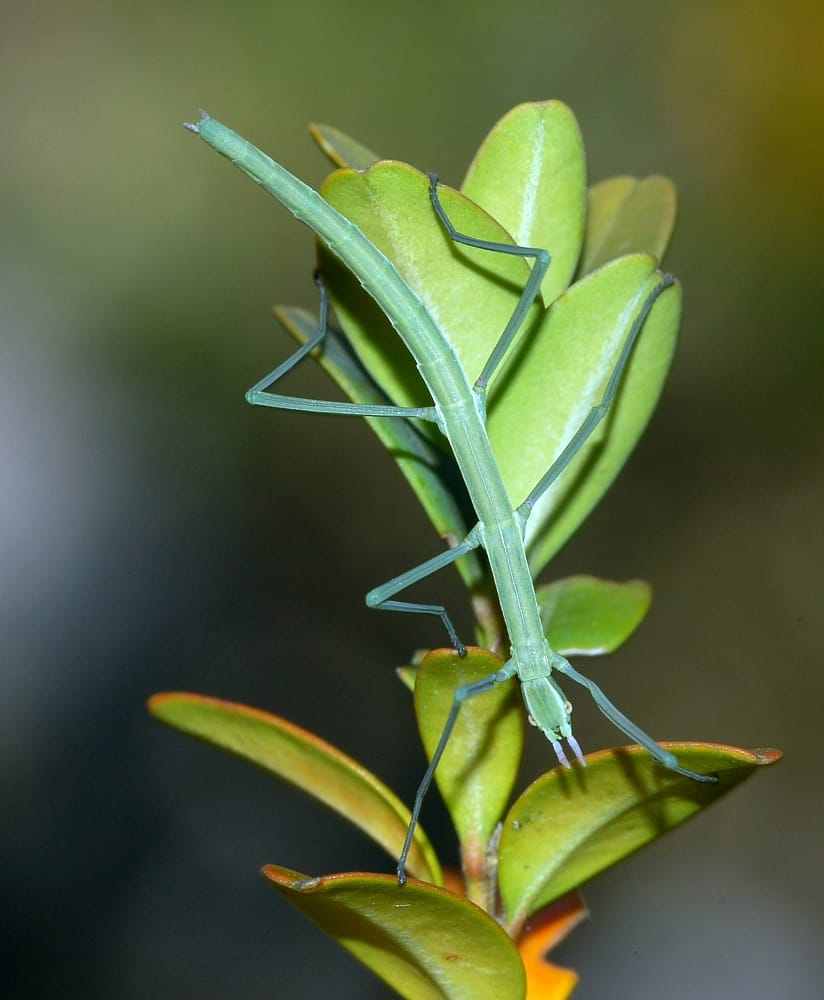
While it might be easy to write off Area X’s weirdness as paranormal magic, VanderMeer’s descriptions of life in this liminal landscape reveal a deep appreciation of ecology. To me, the tower embodies, and extrapolates from, various types of biological mimicry seen across the natural world.
Biological mimicry takes many forms. Animals can mimic other animals, or inanimate objects. They can mimic in appearance, behavior, sound, scent, or location. And they will do so for many different reasons.
A key motivation is predator avoidance. Insects that mimic sticks, or frogs that mimic leaves, are less likely to be spotted and eaten by birds. It's also common practice for harmless critters to mimic dangerous ones. Would-be predators typically avoid the mimic poison frog and the viceroy butterfly, mistaking them for their deadly counterparts.
Other creatures mimic to lure their prey. The flower mantis comes in many startlingly beautiful varieties, all intended to attract unsuspecting bugs onto its not-quite petals.
Other mimics have a subtler motive. The European cuckoo is famous for visiting the nests of other birds, evicting one of the eggs, and replacing it with her own. When the cuckoo egg hatches, a naïve surrogate mom starts taking care of it. By offloading her child-rearing responsibilities, the cuckoo mother can spend more energy searching for food and laying additional eggs. This unusual type of mimicry is known as brood parasitism.
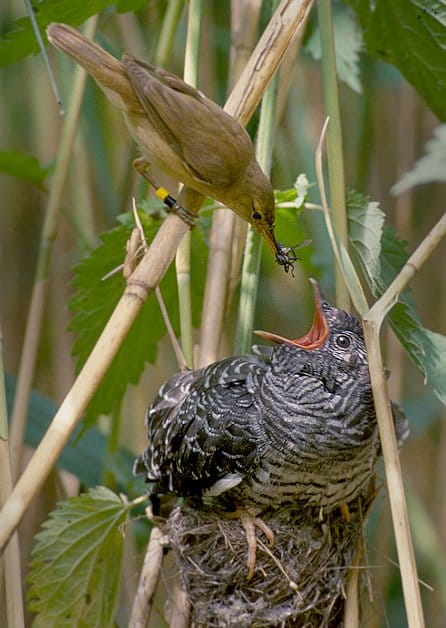
Plants have also evolved elaborate deceptions to conserve energy and aid in breeding. Orchids are famous for disguising themselves as female spiders or bees to attract gullible males. These flowers transfer their pollen to the male insects, who bring it to other plants, thus providing free reproductive assistive services.
While there’s an enormous diversity of mimics and motives out there, nature’s deceivers tend to follow a few ground rules. For one, there must be an adaptive advantage to the deception—otherwise, why do it? Another rule that usually applies: most mimics follow a single model.
Compared with biomimicry as we know it, the situation in Area X is extraordinarily complicated. Whatever is lurking in the subterranean recesses of the tower seems capable of taking on the appearance of not one, but any aspect of the landscape it chooses. Instead of an organism-mimic or a thing-mimic, Area X is under the influence of an ecosystem-mimic.
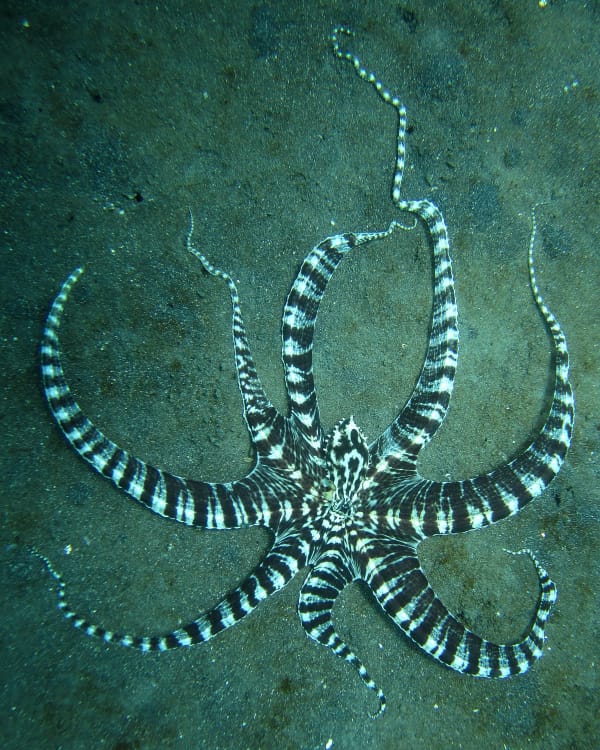
There are a few astounding examples of multi-species mimicry in our world. There’s the mimic octopus, which uses specialized pigment sacs called chromatophores to blend into its landscape and take on upwards of two dozen different forms, from lion fishes to corals. Then there are parasites—masters at avoiding detection, in some cases through elaborate forms of mimicry.
Take the fungus Monilinia vaccinii-corymbosi. It infects blueberry leaves, causing them to secrete a sugary substance that tricks bees into landing on them. Bees then transfer the fungus to blueberry flowers, where it invades the plant's ovaries, resulting in mummified, inedible berries. Once inside the flowers, the fungus can move to other pollinators and from there, to other blueberry plants.
This is an unusual case of mimicry in which the fungus benefits, but acts through another agent—blueberry plants—to carry out its deception. It's also one of the only documented instances of mimicry in Kingdom Fungi, making it especially pertinent to what’s happening in the fungal bowels of Area X.
But while our natural world offers some loose parallels for the sort of biomimicry we see in Annihilation, that doesn't tell us why would an organism hide itself throughout an ecosystem, mimicking everything from dolphins to buildings. What selective force might drive the evolution of such elaborate mimicry?
One reason might be that an ecosystem is a damn good mask. A parasite that mimics a single organism may be easily spotted and weeded out. But how can a mimic be eradicated if it is everywhere? If it can take on any form, enter, and infect, any part of the landscape, how would a foe even identify a point of attack?
There's another aspect of Area X's ecology that I think might help us understand its motivation. Whatever pervades this landscape seems capable of deceiving, and assimilating, an intelligent enemy—us. Area X lures humans in by creating an irresistible scientific mystery: rabbits that aren’t rabbits; deer that aren’t deer. Parasites routinely use mimicry to bait their hosts. Could this marshy morass be doing something similar?
If so, it appears to be working. As the biologist discovers, many people before her traveled into Area X. Most never returned. The biologist herself chooses to remain indefinitely and, by the end of the book, wonders whether it would be better if the ecological phenomena that drew her in took over the entire planet.
“The thought I cannot dislodge,” she writes in her journal, “is that I can no longer say with conviction that this is a bad thing. Not when looking at the pristine nature of Area X and then the world beyond, which we have altered so much. "
Could Area X be the planet’s response to a world thrown out of balance by people? In recent years, agricultural intensification has caused a new type of mimic to emerge. Vavilovian mimics are weeds that resemble crop plants. Farmers can accidentally spread a good Vavilovian mimic across the world. If we imagine natural selection operating at the ecological level rather than the species level, why can't we wind up with an entire landscape that’s evolved into something different?
Perhaps humanity itself is the aberration, and Area X is nature’s attempt to re-integrate us. Perhaps Annihilation, a hypnotic suggestion that embeds itself in the minds of all who cross into this realm, is a warning about what we face otherwise.